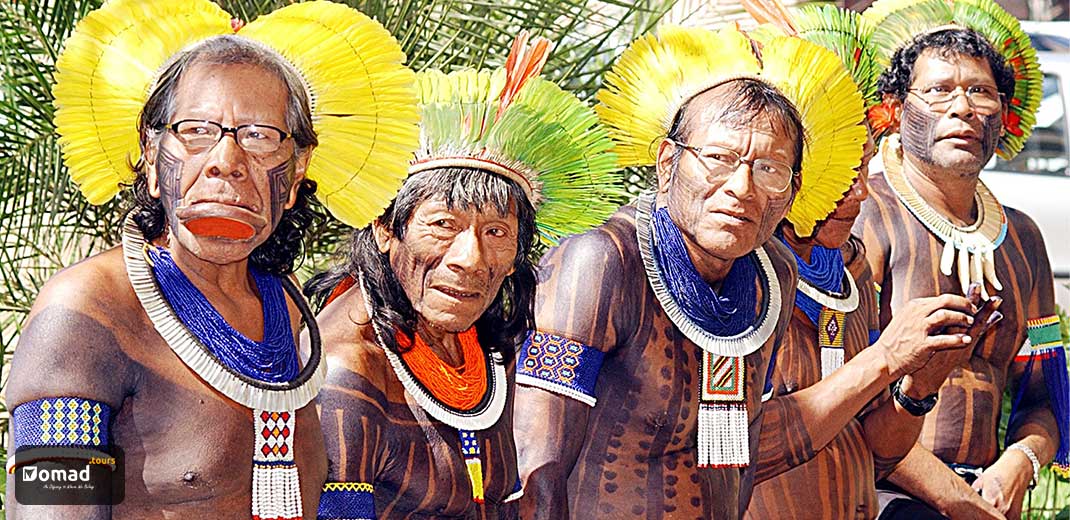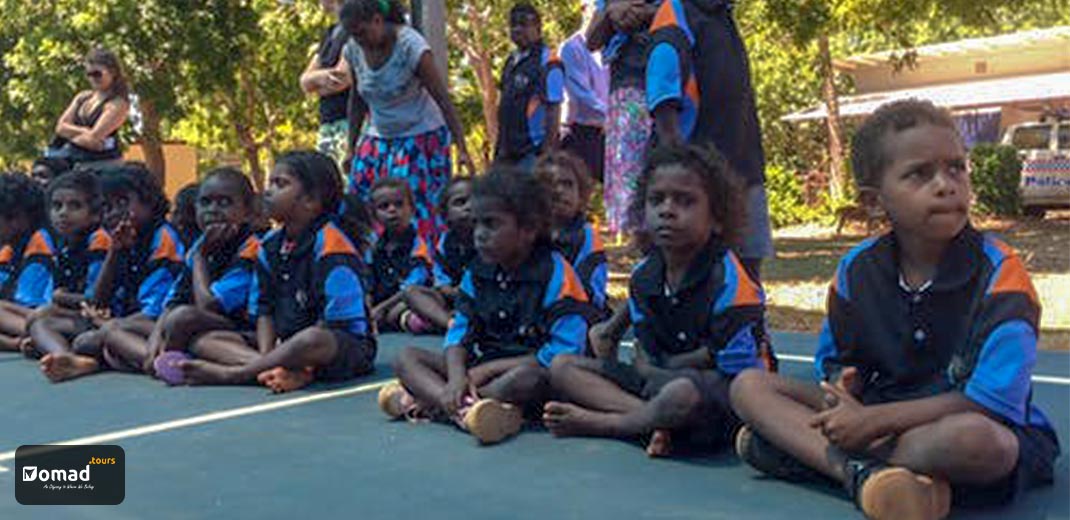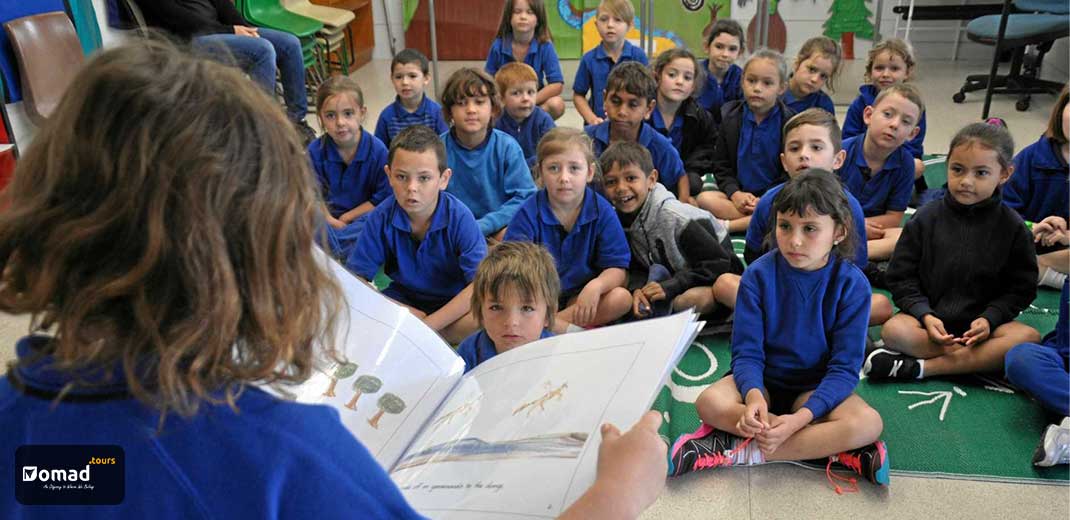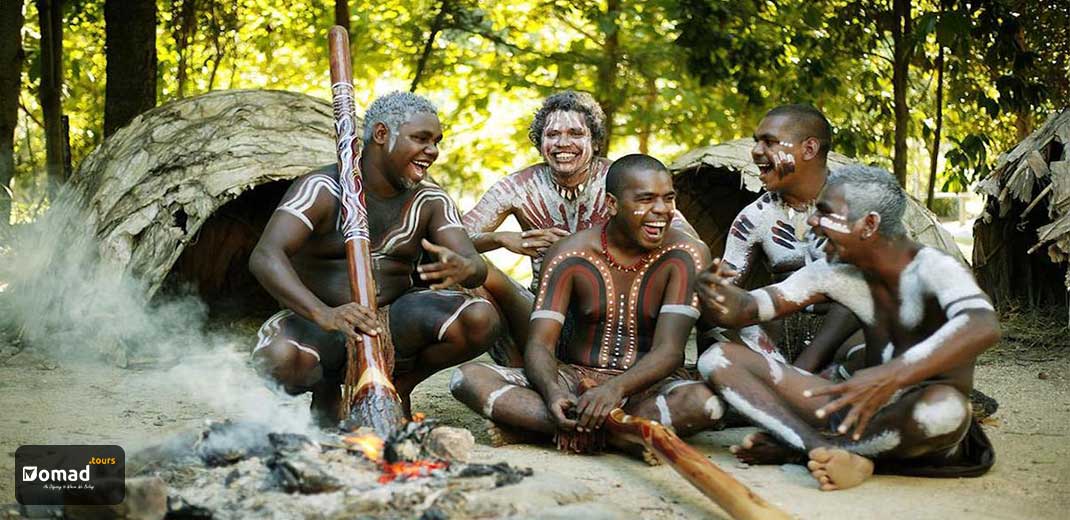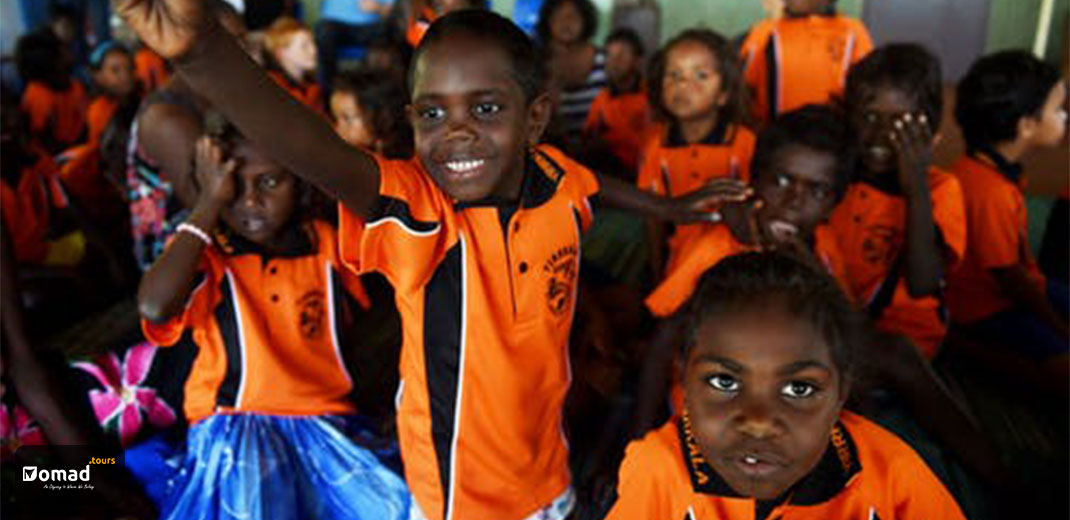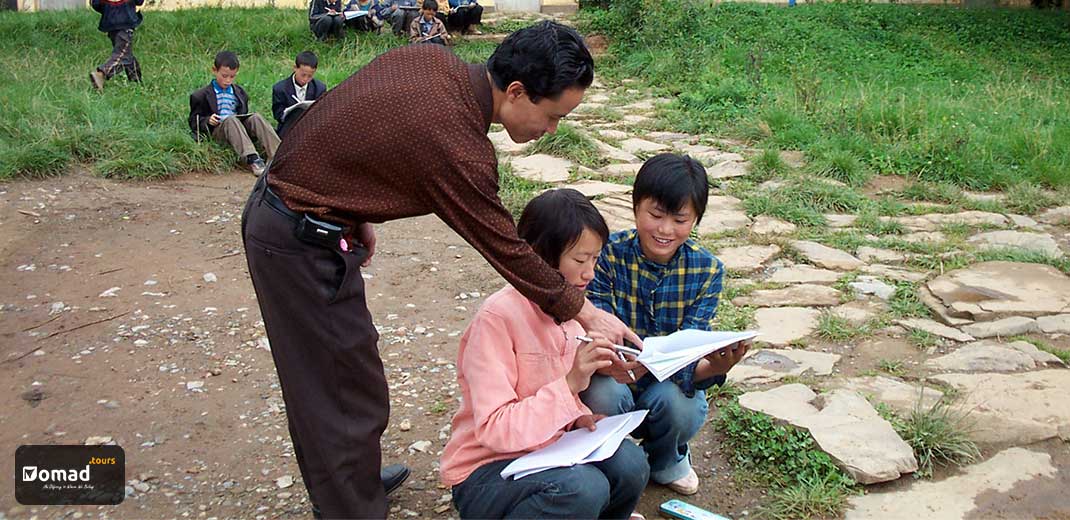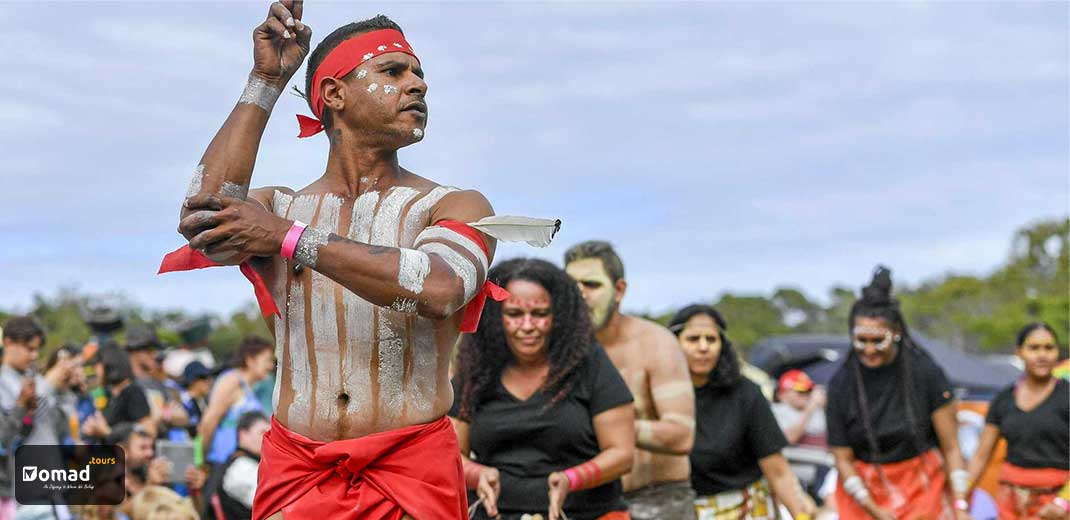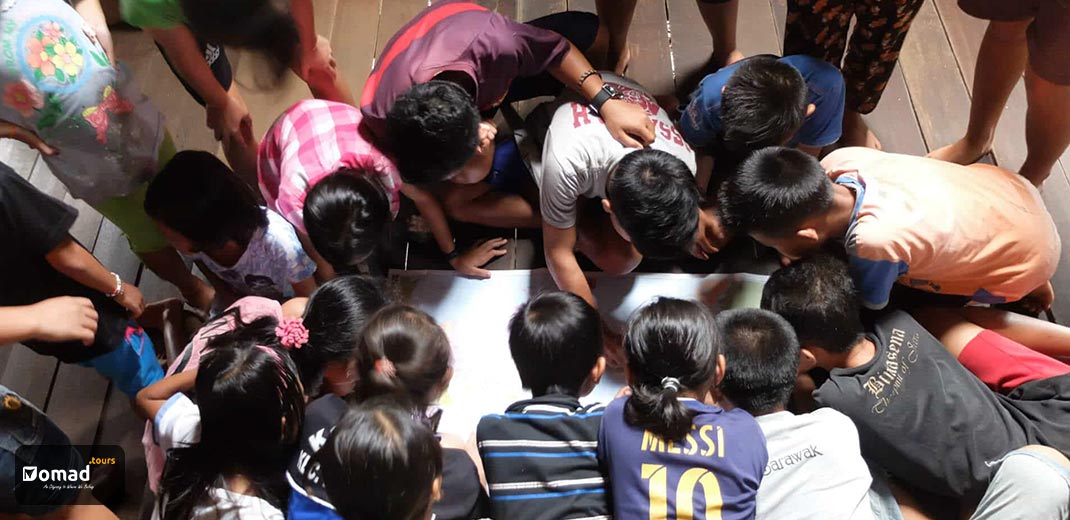The indigenous people pure culture and language is attracting a lot of people. Not to mention its prominent role in environmental and cultural issues. Lack of facilities and ignoring the importance of education leads to a weak education system for indigenous people. In order to preserve their culture and make them capable enough to keep up living their lives the way they do, we need to provide them with an appropriate education system.
In this article, first of all we will talk about why it is important to have an education system for indigenous people. Then it is time to discuss some prominent factors in that system. In the end, we will talk about different education system in various communities.
In this article first, we will talk about the Indigenous people’s right for education. After that, we will bring the statistics for indigenous diversity. Then, it is time to discuss musts and must-nots in the education system for indigenous people. Last but not least, we will talk about examples and ideas for this system.
Indigenous People’s Right for Education
There are different Indigenous People around the world like the Inuit of the Arctic, the White Mountain Apache of Arizona, the Yanomami and the Tupi People of the Amazon, traditional pastoralists like the Bakhtiari in Iran. To get to know a great vision of nomads, check out Nomads Around the World.
Indigenous peoples have the right to establish and control their educational systems and institutions providing education in their own languages, in a manner appropriate to their cultural methods of teaching and learning.
Universal Declaration of Human Rights – United Nations – Article 14
In the United Nation’s Sustainable Development section, they have provided a list on “2030 Agenda for Sustainable Development”. Goal 4 in this agenda is “Ensure inclusive and equitable quality education and promote lifelong learning opportunities for all”. Below you can see a section of this goal:
4.5 By 2030, eliminate gender disparities in education and ensure equal access to all levels of education and vocational training for the vulnerable, including persons with disabilities, indigenous peoples and children in vulnerable situations.
Sustainable Development Knowledge Platform
Despite all the concerns for the education provided for all the indigenous people, we are confronting a lack of facilities in practice. Their cultures, language, practices, and most noteworthy traditions are sadly ignored. Unfortunately, we see a noticeable gap between education for indigenous people and the general population.
Each day, indigenous people confront a lot of different barriers in their education. They have low self-esteem and accordingly these barriers decrease their self-esteem. As a result, they confront discrimination and racists attitudes in schools’ environment and the textbooks as well.
Statistics of Indigenous People
There are about 370 millions of Indigenous people around the world in 90 countries. This number is about 5% of the world’s population.
The shocking point is that according to the International Work Group for Indigenous Affairs (IWGIA) statistics “The world’s 370 million indigenous peoples are estimated to speak more than 4,000 different languages. Approximately 600 languages have disappeared in the last century and they continue to disappear at a rate of one language every two weeks.”
According to Cultural Survival statistics:
Indigenous people belonging to 5,000 different cultures live in every region of the world, but about 70% of them live in Asia. It is estimated that Indigenous territories contain 80 percent of the earth’s biodiversity.
Cultural Survival
Consequently, these numbers and statistics just show the importance of preserving indigenous people lifestyle and culture.
Education System for Indigenous People
With all the things we discussed above, we are all aware of why it is so important to have a suitable education system for these people. The sad story about the loss of indigenous knowledge through globalization and modernity is a concern for a lot of cultural seekers. They are thinking of revaluing their culture, language, and traditions. We should observe the below tips to be able to design a suited education system:
- We should provide an education system for indigenous people which is culturally and linguistically appropriate. It must not lead to unwanted assimilations.
- Instructions preferably should be taught in their mother language. If not, their mother language may not transmit to their generations.
- Indigenous women and girl must have full access to education as well as boys and men.
- They should be taught indigenous knowledge, models, methods, and lifestyle.
Different education models for indigenous people are discussable. The indigenous community itself is so interested in models in which their traditional knowledge and language are being taught. Postmodern scholars want to ensure that both teachers and students benefit education in aspects of culture.
The indigenous children must get aware of their importance in the community and their country as well. They must be encouraged to take part in learning and teaching their culture, lifestyle, and language. Not to mention the essentiality of learning the needed and suited skills depending on their lifestyle.
Various aspects of Indigenous culture need to be considered when discussing Indigenous learning, such as: content (how culture is portrayed in text and through language), social culture/ interactions (relations between class interactions and interactions within Indigenous communities), and cognitive culture (differences in worldview, spiritual understandings, practical knowledge, etc.)[1].
Cooperative learning can be pretty useful in the indigenous community. Another important aspect of indigenous education is the relationship between students and teacher. It can be much better if the teacher does not hold an authoritative role. The teacher can be a co-learner and balance between the friendly connection and academic gain with his students.
Ideas on How to Educate Indigenous People
In 2007, Gilliard and Moore presented research on “How Culture Shapes Curriculum in Early Care and Education Programs on a Native American Indian Reservation”. They observed three factors:
1. Respect of children, families, and communities.
2. Building an atmosphere of belongingness by observing their rituals
3. Understanding and respecting family values and beliefs (like their home language).
So, it is important for each educator to learn, plan, and respects the communities’ values, rituals, and beliefs.
This is an idea of Cultural Survival for educating Indigenous people:
Radio’s universal and free nature and its ability to access many remote communities makes it a key medium to reach Indigenous audiences. Indigenous-produced programming strengthens Indigenous peoples’ capacity to assert and demand their rights and enables access to information on climate change, environmental issues, women’s rights, education, languages and cultures, self-determination, and Free, Prior and Informed Consent. Cultural Survival’s partners are amplifying Indigenous voices on issues that matter to their communities. Broadcasting in Indigenous languages ensures widespread understanding and cultural continuity.
Cultural Survival
Examples of Indigenous Education
- In Mexico, teachers have been observed to let their students move freely about the classroom while working in order to consult with other students, as well as using their instructors for occasional guidance[2].
- Teachers in indigenous classrooms in a community in Alaska rely on group work, encourage the students to watch each other as a way to learn, and avoid singling out students for praise, criticism, or recitation[3].
- Observations in the Yup’ik and Mazahua communities show that indigenous teachers are less likely to solicit an answer from an individual student, but rather encourage all of the students to participate in classroom discourse. In the Yup’ik classroom direct questions are posed to the group as a whole, and the control of talk is not the sole responsibility of the teacher. Classrooms in indigenous communities that incorporate indigenous ways of learning utilize open-ended questioning, inductive/analytical reasoning, and student participation and verbalization, in group settings[4].
Mohammad Malekshahi is a Local Community Development Researcher. It has been a long time he is working with Iranian Nomads. This is how he puts his idea on the education system for the indigenous people:
Well, in my book the Eskimos education system is a practical and useful model. The stuff that is being taught to the general population is not taught to Eskimo children. They teach their children practical things based on their needs and lifestyle. Unfortunately in Iran, the same things are being taught to nomad children. I don’t find it suitable.
He talks about it in more details:
They teach a nomad child how to do piping or difficult mathematics. It is just not perfectly suited for their lifestyle. Accordingly, it kind of encourages the children to leave their lives behind and move to cities to actualize all they have learnt on how to be a good citizen, and not how to keep up being indigenous. It is practical for those who are about to leave the nomadic lifestyle. But what if they want to keep up their lifestyle? What if they just need practical information for their lifestyle?
In this article, we tried to discuss important concerns of indigenous people’s lives; EDUCATION! And then talked about the needed elements in that education system and examples of the education in different communities.
Their education system needs to be perfectly suited depending on their needs and priorities. Some communities have neglected education for these people. It can be quite harmful to both indigenous people and cultural diversity. Providing a suitable education system for the indigenous people not only results in more capable children with higher self-esteem but also it helps to preserve theses cultural diversity and fight against their extinction. We would be happy to hear your ideas on how to have a better and more practical education system for these people.
Sources:
[1] Kitchen, Cherubini, Trudeau, Hodson (2009). “Aboriginal education as cultural brokerage: New aboriginal teachers reflect on language and culture in the classroom”. McGill Journal of Education. 44 (3): 355–375. doi:10.7202/039945ar
[2] https://en.wikipedia.org/wiki/Indigenous_education#cite_note-:6-3
[3] Deyhle, D; Swisher, K. (1997). “Research in American Indian and Alaska Native Education: From Assimilation to Self-Determination”. Review of Research in Education. 22: 113–194. CiteSeerX 10.1.1.1013.3444. doi:10.3102/0091732×022001113. JSTOR 1167375
[4] Paradise, Ruth; De Haan, Mariëtte (13 July 2009). “Responsibility and Reciprocity: Social Organization of Mazahua Learning Practices”. Anthropology & Education Quarterly. 40 (2): 187–204. doi:10.1111/j.1548-1492.2009.01035.x
Curwen Doige, L. A. (2003). “A missing link: Between traditional Aboriginal education and the western system of education”. Canadian Journal of Native Education. 27 (2): 144–160.

